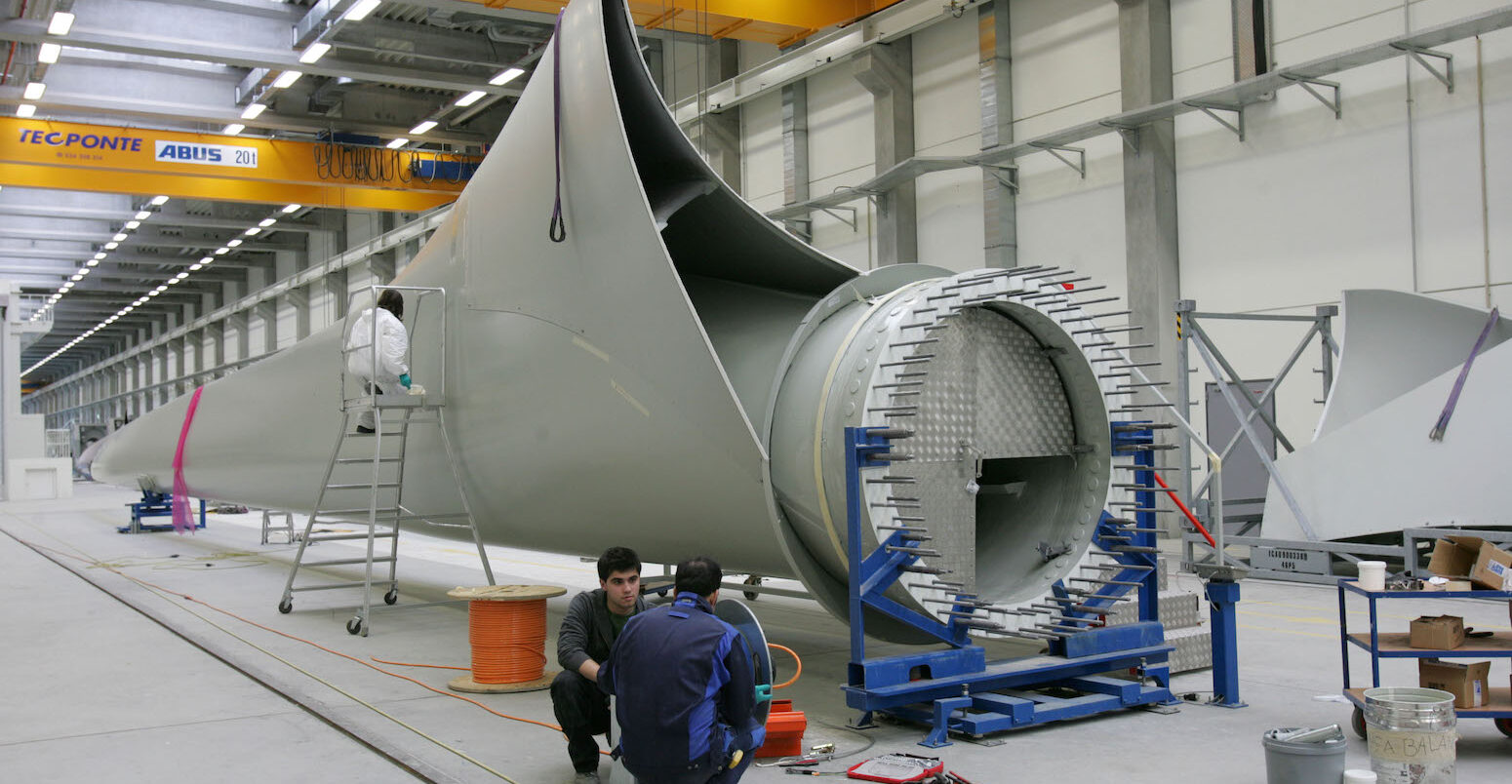At least 40% of the EU’s low-carbon technologies – from solar panels to heat pumps – will need to be made within its borders by 2030 under new plans.
The European Commission has set out a series of proposed targets and reforms that collectively make up its Green Deal Industrial Plan.
It is an explicit response to China’s dominance in the sector and the wave of low-carbon subsidies announced in the US Inflation Reduction Act last year.
In order to take on these rivals, the commission says EU member states need to cut “red tape”, end “excessive” bureaucracy and fast-track net-zero projects. It also calls for the bloc to ramp up production of “critical raw materials” for the low-carbon economy.
To help fund these activities, the commission has loosened rules around the money that governments can hand out to low-carbon companies – potentially paving the way for a subsidy race with other nations.
However, concerns remain over how member states and businesses will finance such a major industrial transition.
A reform of the EU’s electricity market design has also been released, which the commission says will help Europeans benefit from the expansion of cheap renewable power.
The commission has framed all of these proposals as a key part of its ambition to achieve net-zero emissions by 2050.
In this Q&A, Carbon Brief examines all of the proposals that together make up the EU’s Green Deal Industrial Plan.
All of the proposals must now be discussed and agreed by the European Parliament and the EU Council before they can enter into force.

